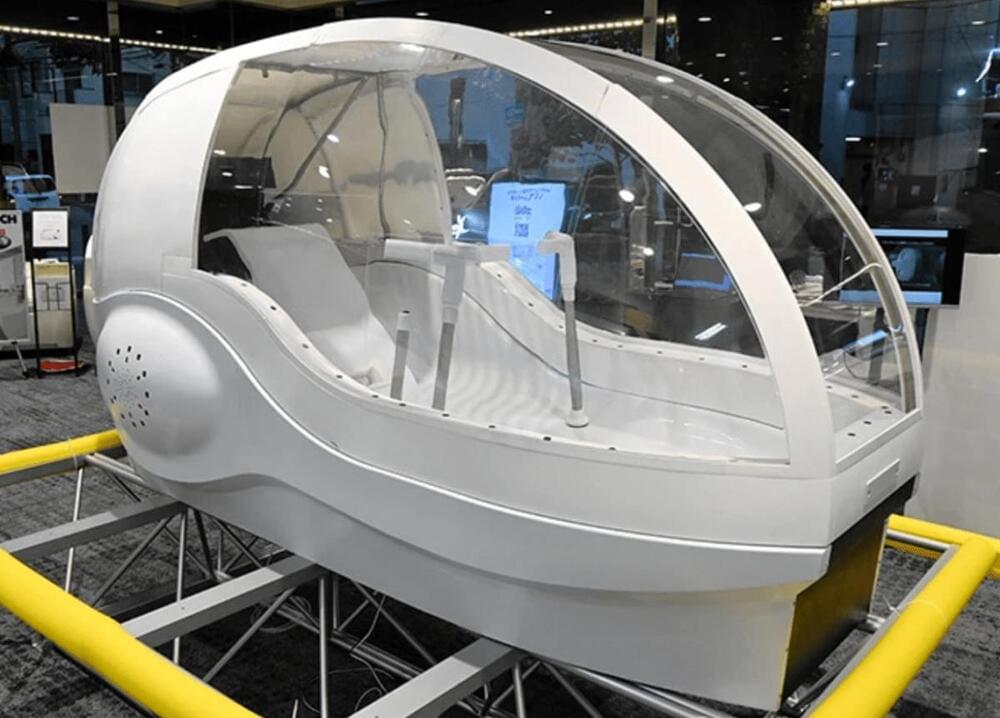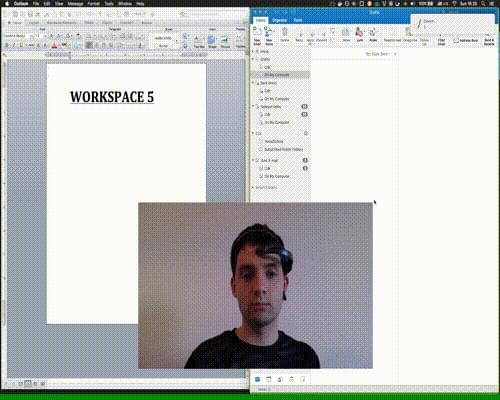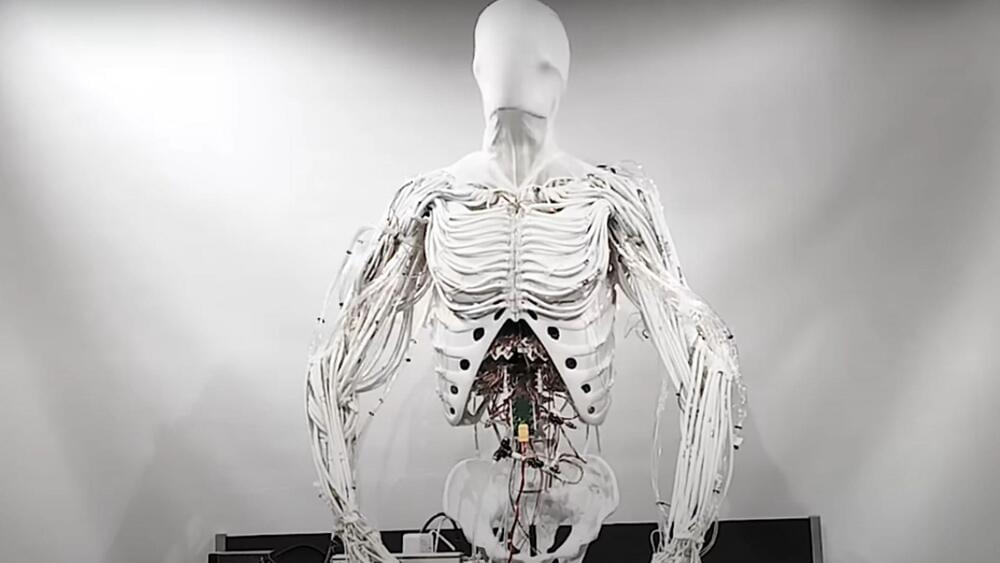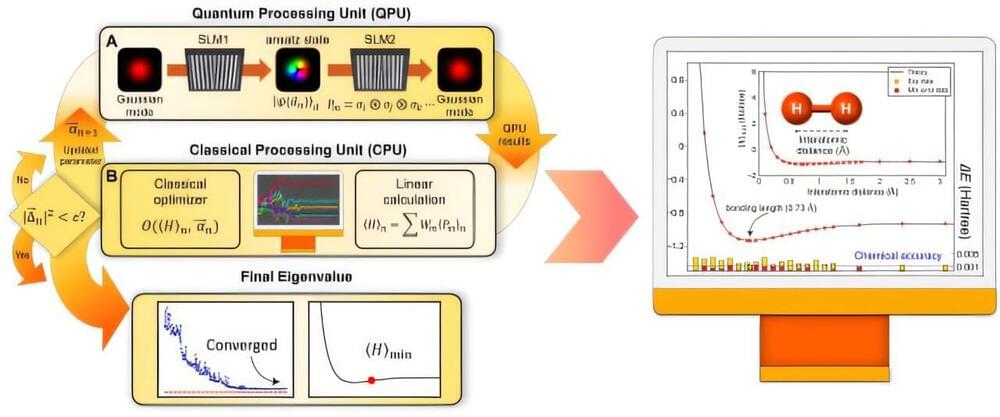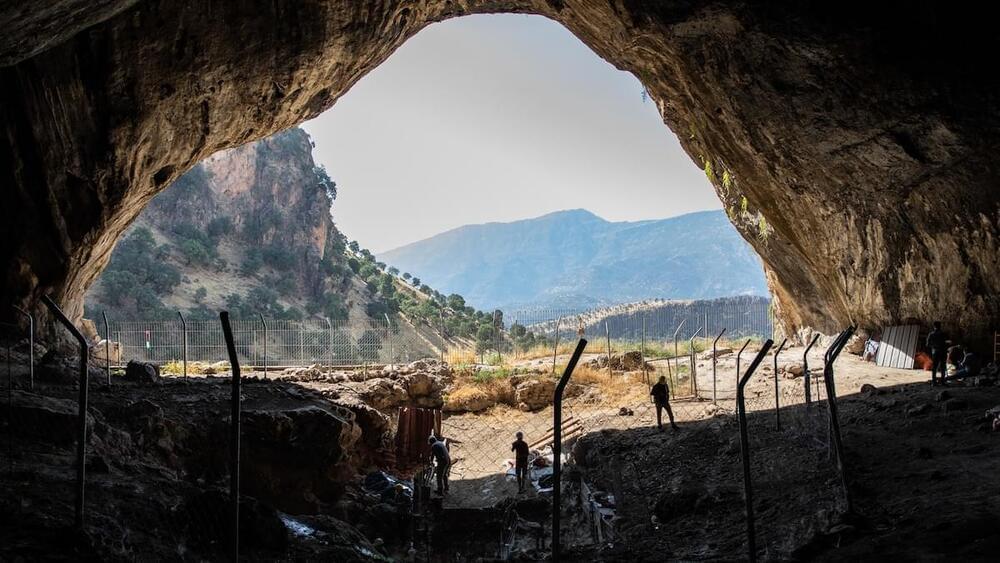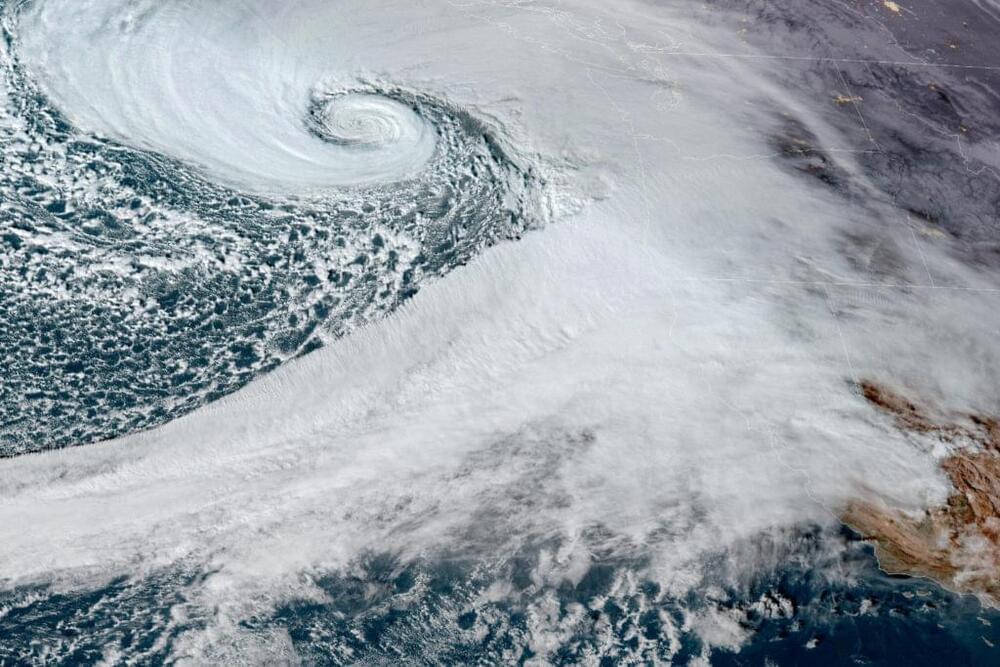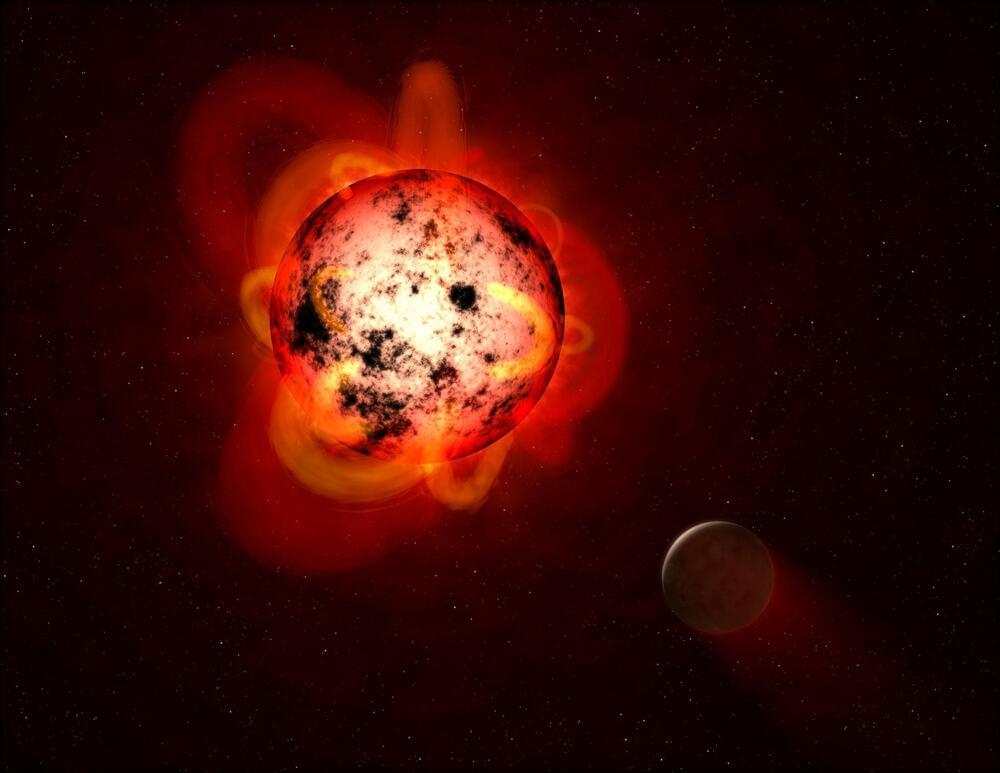Nov 22, 2024
The Periodic Table Just Got Wilder: Scientists Unveil the Secrets of the Heaviest Element Ever — Moscovium
Posted by Saúl Morales Rodriguéz in category: chemistry
A large field-of-view, single-cell-resolution two-and…
Research on moscovium and nihonium shows they are more reactive than flerovium and subject to notable relativistic effects, broadening our understanding of superheavy elements and their potential uses.
An international team led by scientists from GSI/FAIR in Darmstadt, Johannes Gutenberg University Mainz, and the Helmholtz Institute Mainz has successfully determined the chemical properties of the artificially produced superheavy elements moscovium and nihonium (elements 115 and 113).

